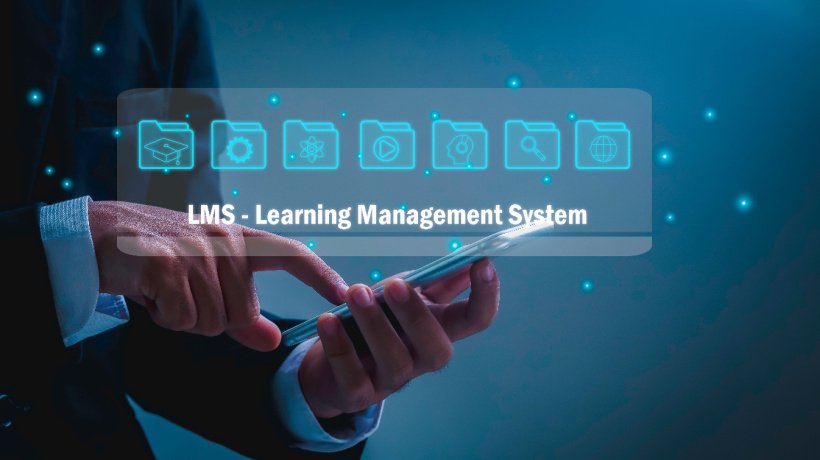Benefits Of Integrating eLearning Into Knowledge Dissemination
eLearning has become commonplace in American colleges and universities as a delivery mechanism for educational content. This includes both online courses that are available for credit to registered students at institutes of higher education, but also Massive Open Online Courses (MOOCs), which give anyone in the world the opportunity to take a class taught by the world’s leading scholars. The Harvard Business Review reports that over 25 million people have taken a MOOC, most of which were educated and from a developed country, but also included individuals from 212 countries around the world (1).
However, the benefits of online learning in academia are not limited to student instruction; they can also be applied to the dissemination of scholarly research. Traditionally, knowledge has been diffused, which is defined by the Canadian Institutes of Health Research as “passive, unplanned, uncontrolled dissemination; primarily horizontal or mediated by peers (e.g. publishing in peer reviewed journals, presenting research results to peers at academic conferences); potential user needs to seek out the information” (2). In many areas of research, such as in health-related and environmental disciplines, the purpose of research is to apply findings in the real world. However knowledge diffusion, such as publishing the results of academic research in peer reviewed journals, is not an ideal way of making research findings accessible to individuals who may actually put research into practice, such as health practitioners or policy makers.
Recent revelations in the limitations of knowledge diffusion has spurred the emergence of knowledge dissemination, which is defined by the Canadian Institutes of Health Research as an “active process to communicate results to potential users by targeting, tailoring and packaging the message for a particular target audience” (2). This process is much more deliberate than knowledge diffusion, and includes a specific effort to target communications to those who can put research findings into practice. Considering the shift from passive knowledge diffusion to active knowledge dissemination, eLearning now has a role to play in the communication of academic research to the wider public. In fact, there are a number of benefits that eLearning specifically brings to the practice of knowledge dissemination.
- Multimedia.
With the exception of simple data tables and graphs, there are no visual representations of research results in peer-reviewed scholarly articles. For those who are more visual learners, this type of communication may be less than successful in producing meaningful understanding. Furthermore, reading such information requires an advanced reading level that may isolate those who are unfamiliar with academic writing but may still be important targets for knowledge dissemination. Inherent to eLearning is the integration of many types of multimedia that can improve the understanding of a non-academic target audience. Videos, animation, images, graphs, and other types of media can all be effectively used to describe the rationale, methods, results, and implications of research that can be easily consumed by the viewer. - Interactivity.
Research has shown that giving the learner an opportunity to interact with content fosters a deeper understanding of the material and a higher probability that the information presented will be applied3. By using eLearning content as a method of research dissemination, users can interact with the material in multiple ways. One method could be to develop a ‘virtual laboratory’ that allows the learner to explore the implications of a research finding. For example, in a study that has established the relationship between educational attainment and various health outcomes, a learner can see how an individual’s predicted health in later life changes if they were to earn a Bachelor’s Degree or just complete high school. - Integrated Feedback.
When traditional research diffusion methods are used, there is no way to verify whether understanding has actually occurred. However, when employing eLearning methods and tools to communicate research to a wide audience, feedback can be integrated to give both the learner and the designer an idea of how well the learner has understood the content. This can be done through traditional testing methods, such as multiple choice questions about the results of research, or through methods that promote a deeper understanding of the material, such as requiring the learner to write a paragraph on how the results of the research can be applied in the learner’s particular context.
In conclusion, is it clear that the integration of eLearning into higher education has been pervasive. However, it should not only be considered a tool for instruction, but also as a tool to aid in the dissemination of research. In particular, the opportunity to include engaging multimedia, interaction, and feedback into the dissemination of knowledge increases the chance that the results of research will successfully be integrated into practice.
References:
- Zhenghao, C., Alcorn, B., Christensen, G., Eriksson, N., Koller, D. (September, 2015). Who’s benefiting from MOOCs, and why. Retrieved from the Harvard Business Review website.
- Gagnon, M. (2010). Section 5.1 knowledge dissemination and exchange of knowledge. Retrieved from the Canadian Institutes of Health Research website.
- Moreno, R., & Mayer, R. (2007). Interactive multimodal learning environments. Educational Psychology Review, 19, 309-326.









